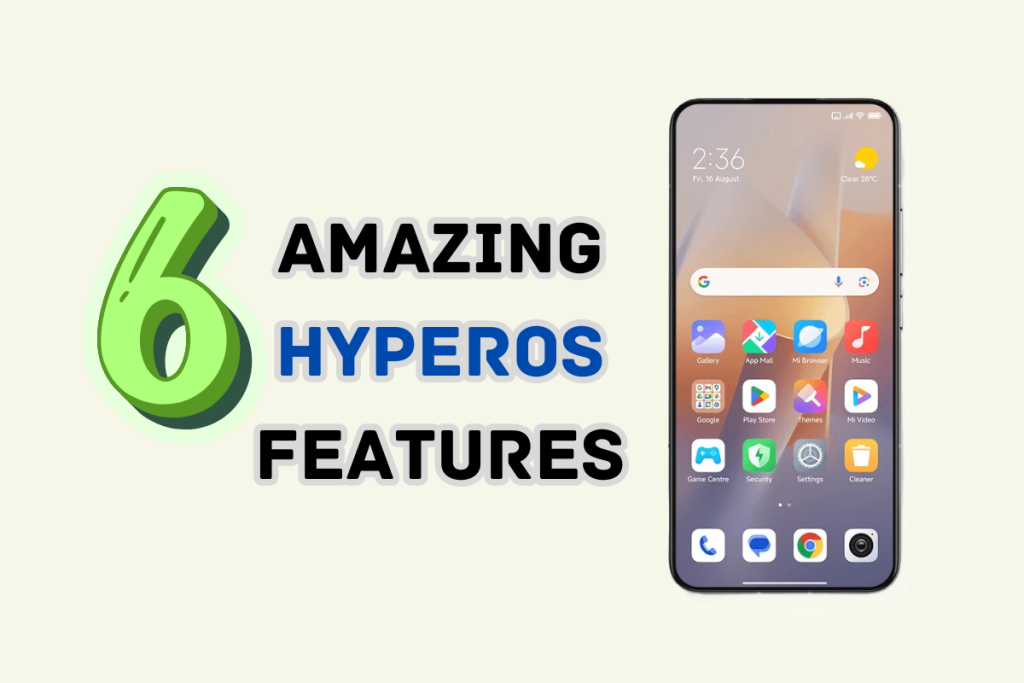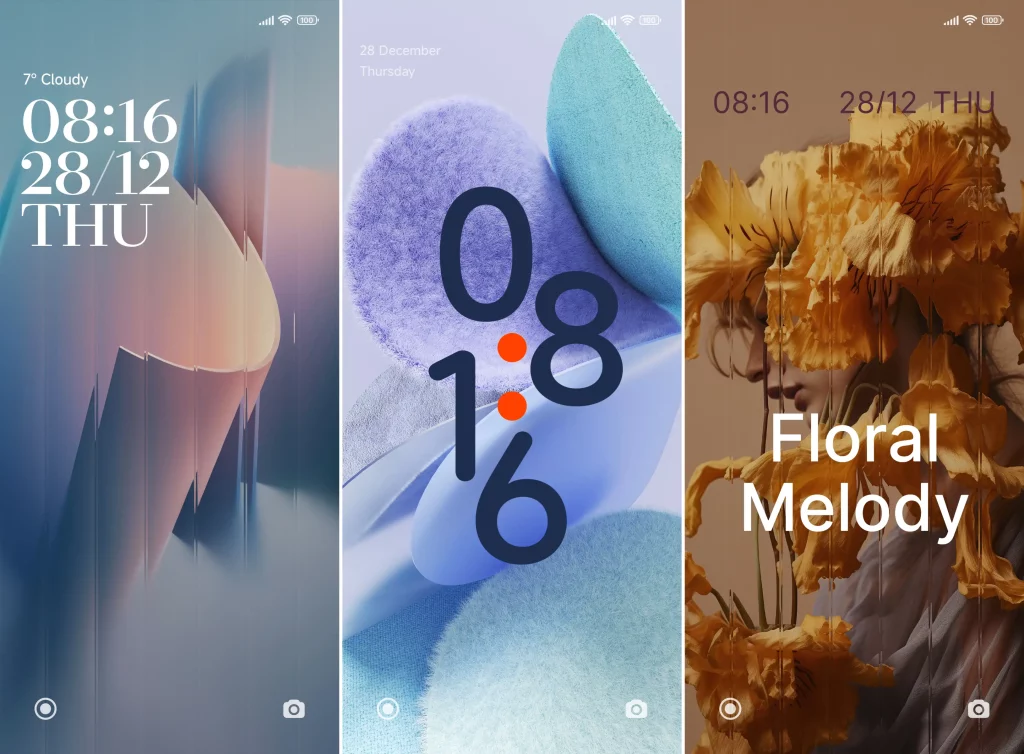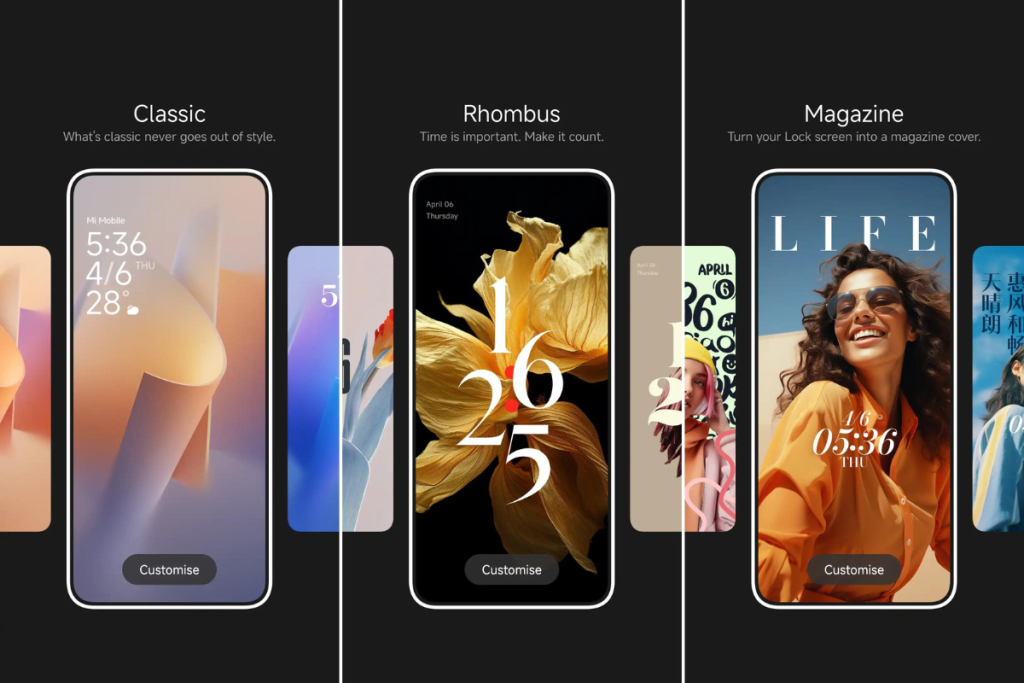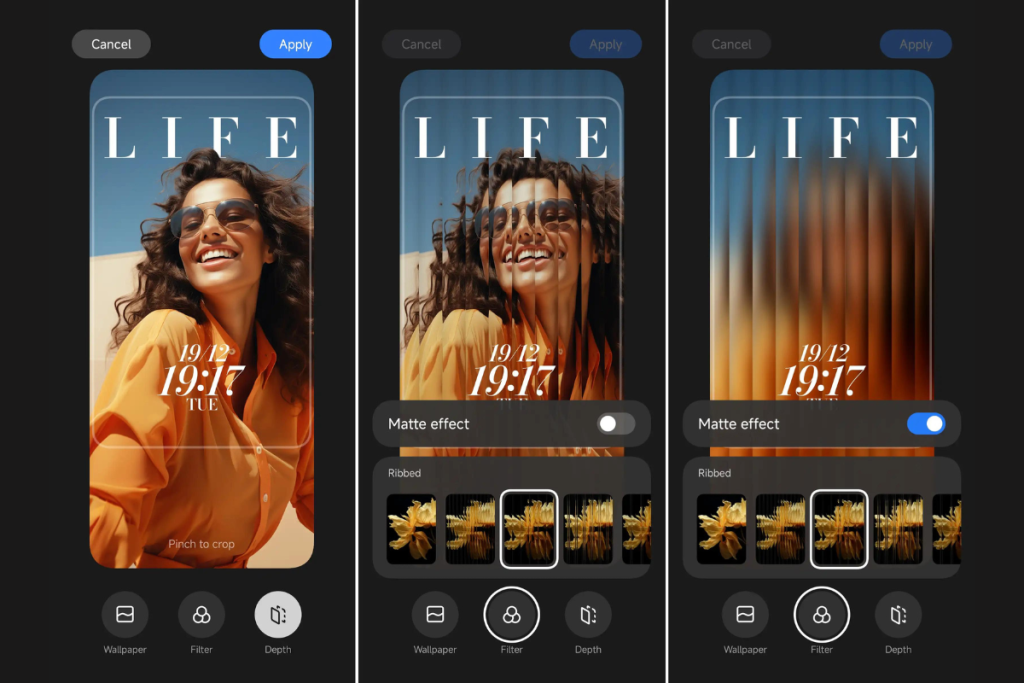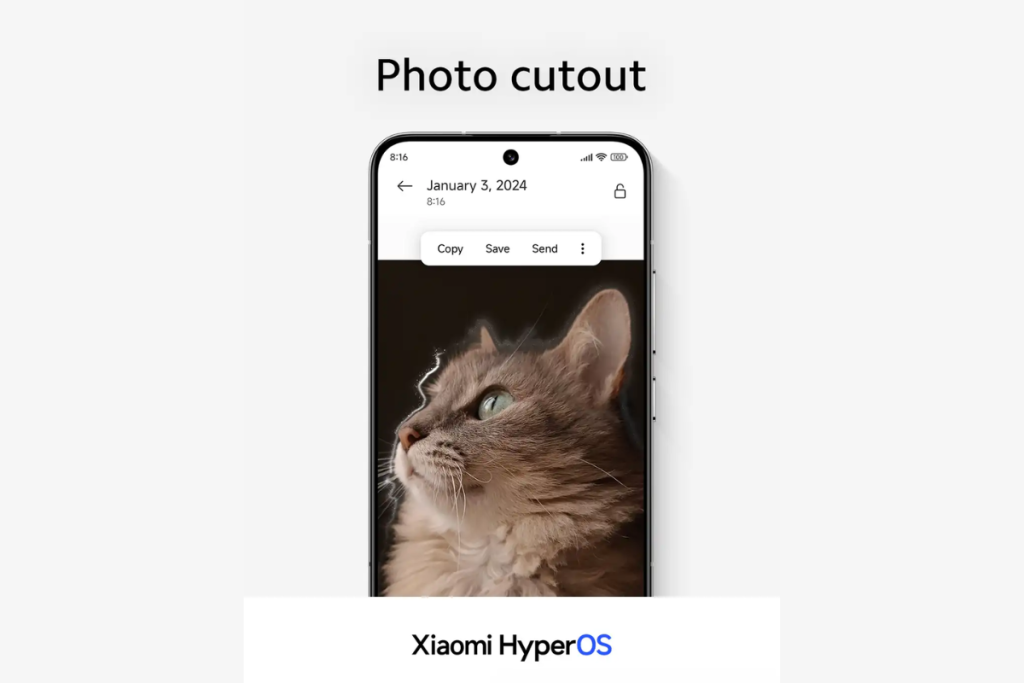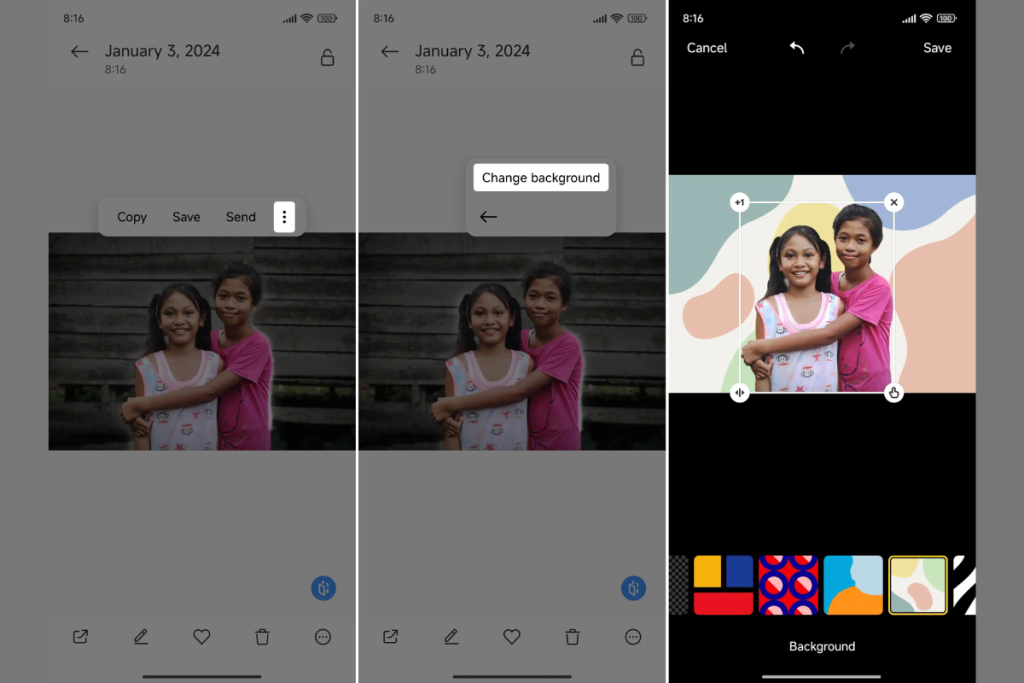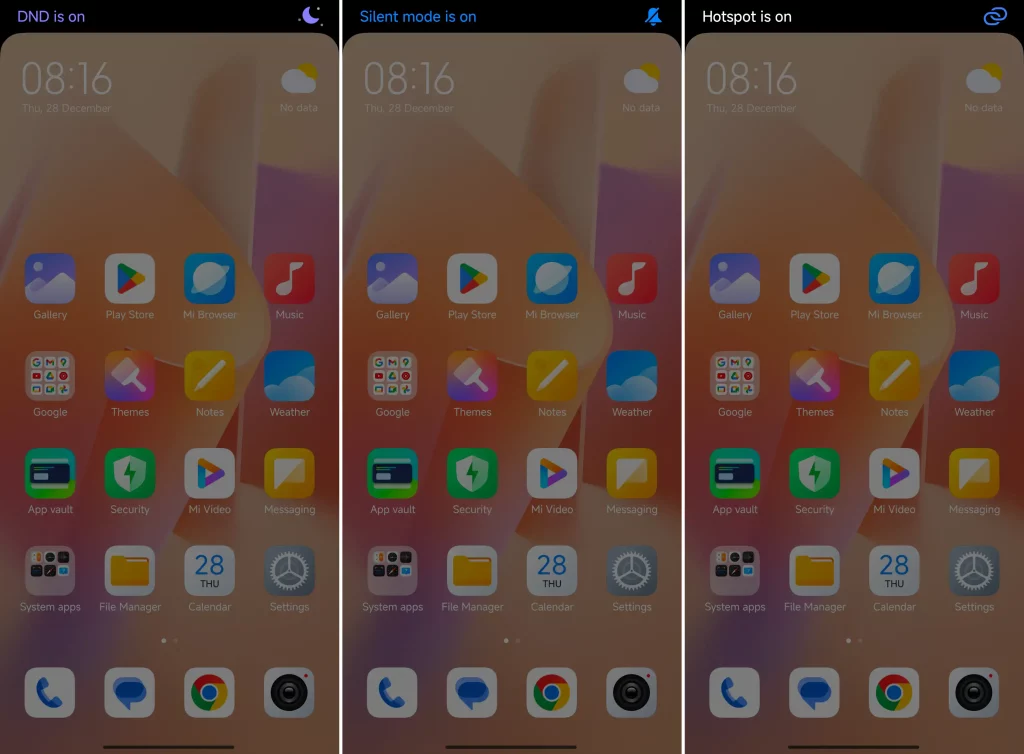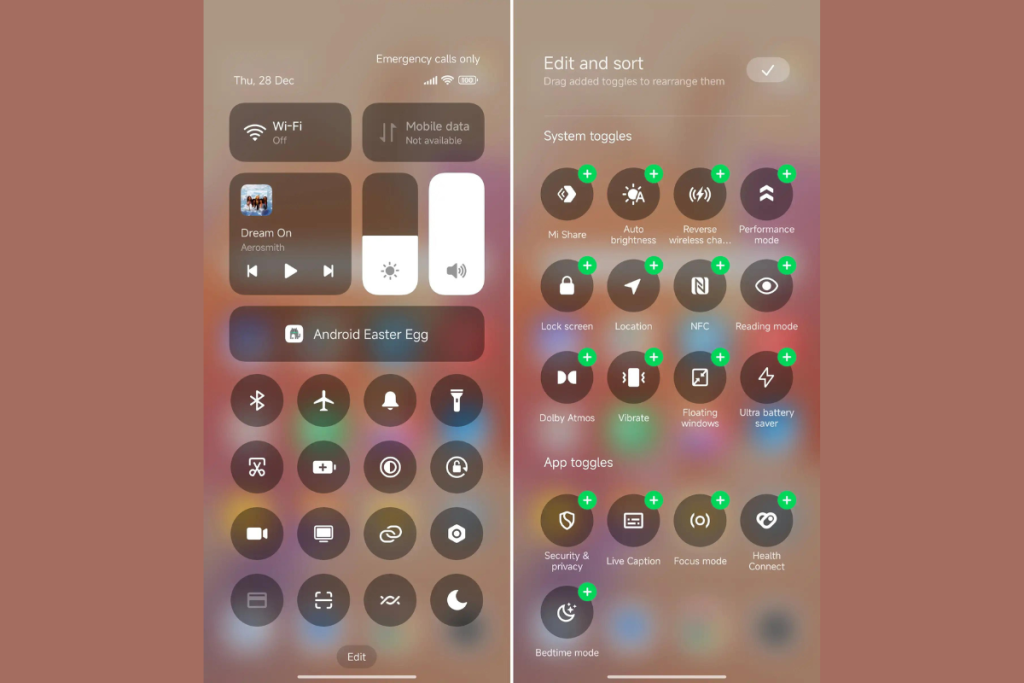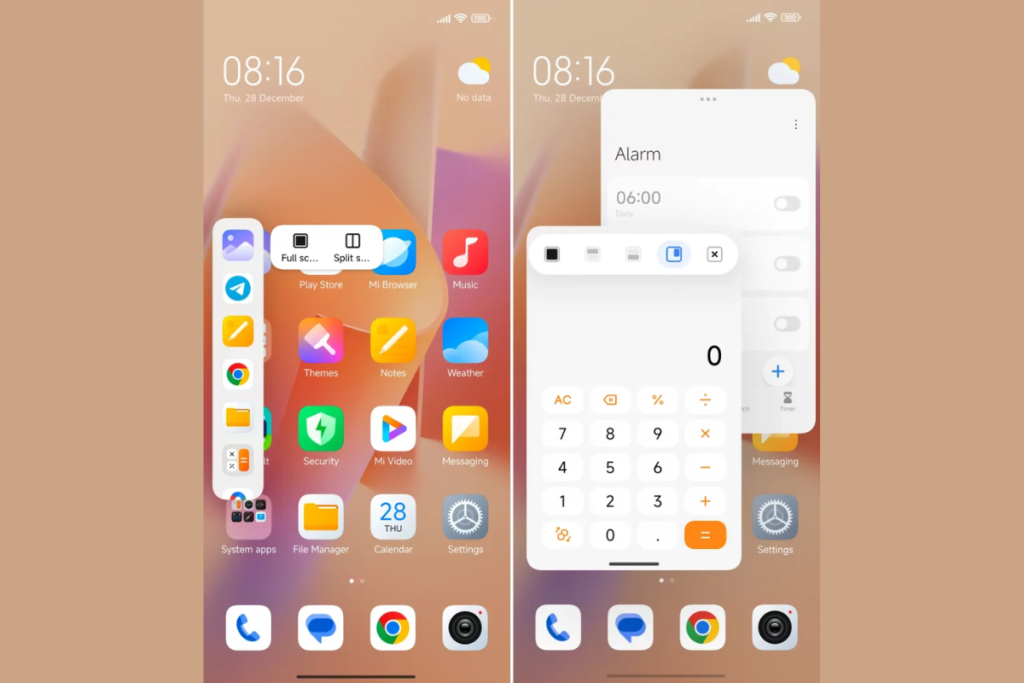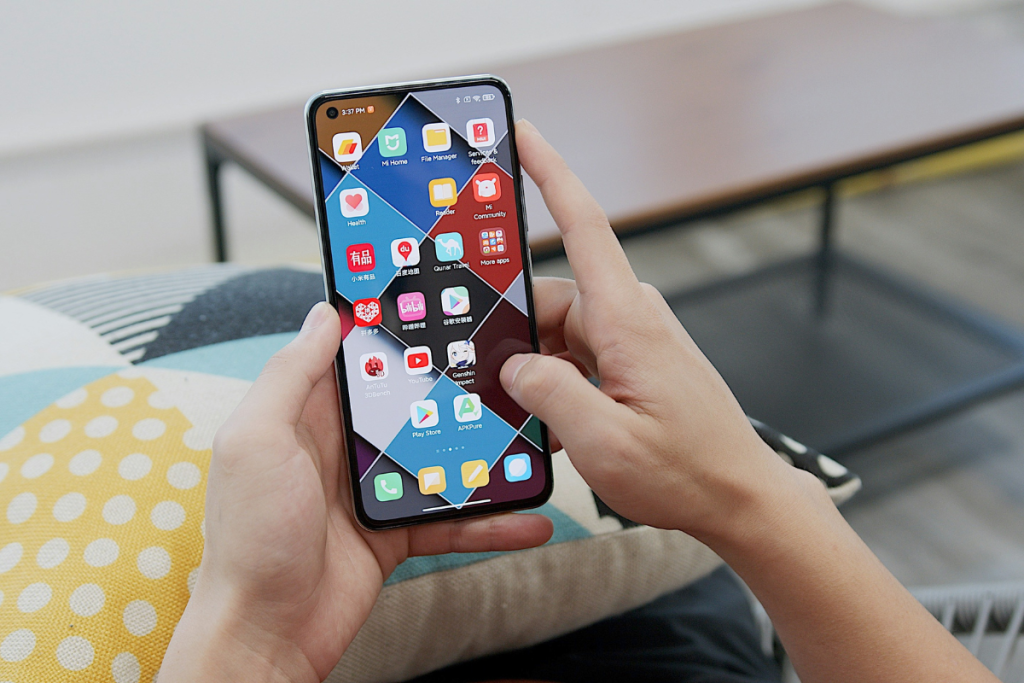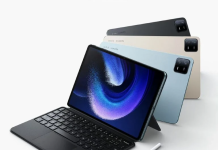HyperOS is the new brainchild from Xiaomi, and it’s shaking things up with new features that elevate your experience to a whole new level. The brand has made significant changes to the core system to offer a lightweight and snappy experience with added features. But with so many features out there, what makes HyperOS really stand out? I have handpicked the top 6 features from HyperOS that you shouldn’t miss out on.
Whether you already have a Xiaomi device running HyperOS or eagerly waiting for the new OS upgrade, here are the top 6 features that will make you love your phone even more. And for those switching from MIUI, we have a detailed guide on HyperOS vs MIUI to help you make the smooth transition.
Also Read: These Devices Have Received the HyperOS Update
1. Design a Lock Screen You Love
If you’re tired of your old and boring lock screen, HyperOS is here to change the game. This is one of the most significant visual changes in the new OS, which the users have loved.
HyperOS lets you extensively customize the lock screen by offering numerous lock screen designs, fonts, and clock styles. You can also change the font colours and apply a depth effect to move the clock and date behind the subject in the lock screen wallpaper. The depth effect works like a charm when you add your own picture as your lock screen.
The lock screen in HyperOS is pretty much similar to iPhones, but I don’t have any complaints about it. In fact, Xiaomi has implemented this feature quite well, and hopefully, they’ll keep improving it in subsequent updates.
HyperOS lets you choose between three lock screen styles: Classic, Rhombus, and Magazine.
Classic gives you a minimalist style of lock screen that displays time, date, and weather information, though you have several clock and date styles to choose from. The real customisation lies in the other two lock screen styles, Rhombus and Magazine. Play with the lock screen styles and customization options to create a personalised lock screen.
2. Gallery Gets Smarter and Better
Although not much has changed in the design part, the Gallery app in HyperOS is getting several useful features. First, the Gallery icon gets a minor tweak, which will likely go unnoticed at first or even second glance. For instance, the sun in the app icon is moved to the left, but that doesn’t make a big difference.
The new Gallery app has a smart photo cutout feature. You can use it to isolate the subject of an image. For this, tap and hold on the subject and then copy, save or send it to someone. This feature is very useful for removing or changing the background.
If you want a different background, tap and hold the image, select three vertical dots, and tap on Change background. Select the background you like and click Save.
You’ll also notice that the Gallery options have been moved to the bottom, and there’s a new “Recommended” tab. It contains all the options that you see in MIUI after tapping the three vertical dots in the upper-right corner. What’s new here is the “ID” feature, which helps you create ID cutouts and photos.
3. Dynamic Notch Making Aesthetics Better
Dynamic Island on iPhones has been a big hit, and hence, Android smartphone brands, too, try to integrate this feature in their own way. Realme calls it Mini Capsule, and OnePlus, too, recently joined the party with the release of OxygenOS 14.
Xiaomi has also created its own version of Dynamic Island, which ships with HyperOS. Though they don’t have an official name for it, many call it “Dynamic Notch”.
You can see the Dynamic Notch in action when you connect the charger, turn on Battery Saver, enable Do Not Disturb (DND), switch to silent mode, or turn on the hotspot. Currently, this feature doesn’t bring much utility, but it’s nice to have fantastic visual elements. I’m pretty sure that future HyperOS developments will make the Dynamic Notch useful and more functional.
4. Control Center Becomes Less Cluttered and Better
Control Center is the area I visit the most, and HyperOS brings several changes I really liked a lot and some I don’t. Opening the Control Center still requires you to swipe down from the top-right corner. As soon as you do it, you’ll quickly realise that all icon labels are gone. It’s not a software bug but a strategic move from Xiaomi to give the Control Center a minimalist appearance.
Xiaomi has intentionally made this move to give the Control Center a cleaner look, but it can be unhelpful for non-geeky people. They may have difficulty using the Control Center shortcuts until they are used to it. Thankfully, it’s easy to bring back icon labels by disabling “Don’t Show Icon Labels” from Settings > Notifications & Status Bar.
The Control Center in HyperOS has larger icons for better visibility. Another important change is that all the icons are visible on one single scrollable screen. To recall, MIUI arranges these icons in panels which you can swipe left or right.
Xiaomi has added a music player shortcut in the Control Center, which can be helpful for music lovers. Another useful change to the HyperOS Control Center is that the Wi-Fi options appear in a small pop-up window when you tap and hold the Wi-Fi icon. It’s also true for Bluetooth and Control Center shortcuts.
5. Improved Multitasking
Multitasking with HyperOS is much better compared to MIUI. You can use the shortcut icons to swap the split screens or close the floating app window. You’ll get these shortcuts after tapping three dots on the floating app window.
These shortcuts can be very impactful if you regularly use apps in the floating window or split screen mode. Some of the best uses I can think of include taking notes during a meeting, chatting with multiple friends over different apps, and copy-pasting from one app to another.
6. Bloatware Removal Made Easy
Years of wait and countless complaints have finally paid off as HyperOS lets you uninstall most preinstalled apps, which are also called bloatware. This isn’t only a problem with Xiaomi’s budget and mid-range phones; even premium phones come with lots of bloatware.
You can now easily uninstall most preinstalled apps, including system apps, to get more free storage. This might improve the device’s performance as well.
Xiaomi has invested a lot of time and effort in building HyperOS from the ground up. It’s a couple of GBs lighter than MIUI and feels snappier with smoother animations. With the new OS, the Chinese tech giant aims to develop a unified ecosystem where all Xiaomi products can be deeply interconnected to build a strong ecosystem. In fact, the electric car they launched recently also integrated HyperOS.
As of now, the HyperOS doesn’t bring any groundbreaking features. Most of them are inspired by iOS, which isn’t bad, but I’d also expect Xiaomi to develop some amazing features.
Which HyperOS feature(s) do you like the most? Do let me know in the comment section below.
More on HyperOS:
1. Xiaomi is Removing a Popular Feature from HyperOS
2. What is HyperOS? Is It Based on Android?
3. HyperOS Rollout Timeline for H1 2024

